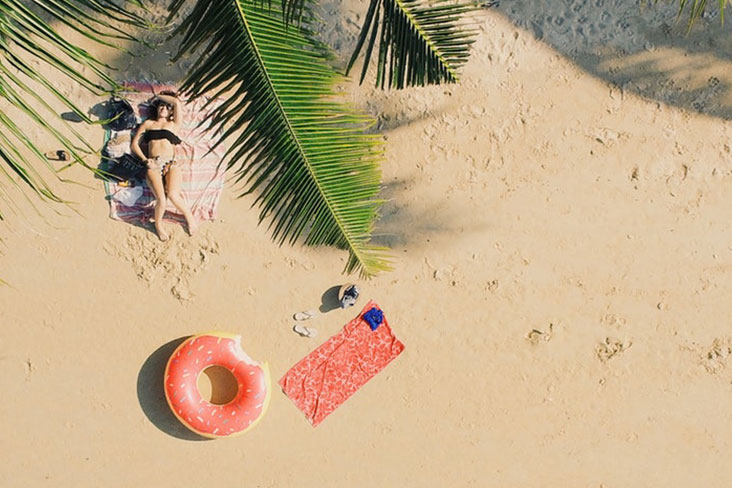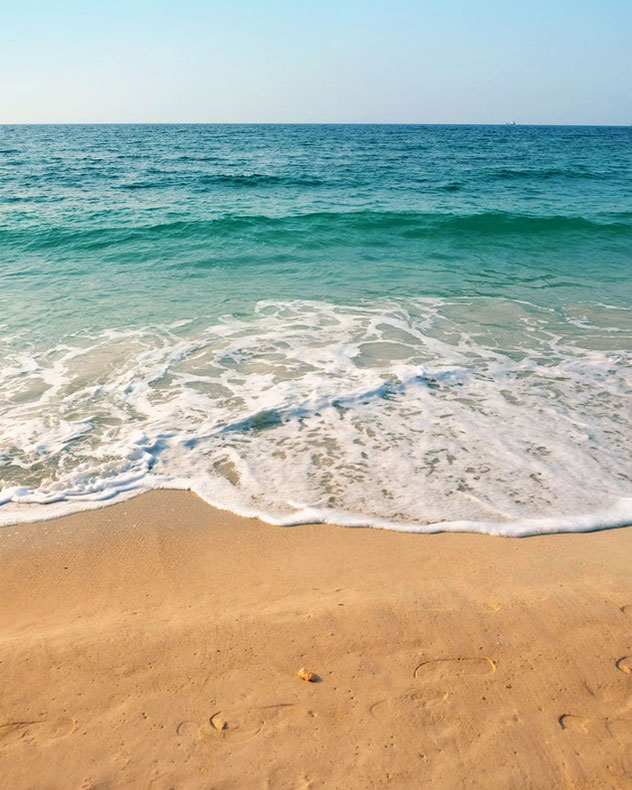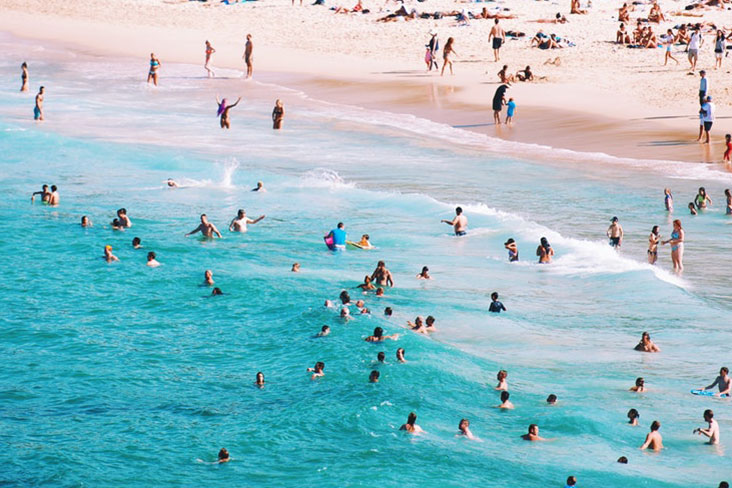About Goa
ABOUT GOA



The origin of Goa or Gomantak as it is also known, is lost in the mists of time. In the later Vedic period (c.1000-500 BC), when the Hindu epic Mahabharat was written, Goa has been referred to with the Sanskrit name Gomantak, a word with many meanings, but signifying generally a fertile land. The most famous legend associated with Goa, is that of the mythical sage Parashuram (the sixth incarnation of Lord Vishnu), who several thousand years ago created the entire stretch of Konkan coast by ordering the seas to recede. The Sea God gave up the lands on the the banks of the two main rivers of Goa viz. Mandovi and Zuari (then called Gomati and Asghanasini) for the settlement of the Aryans accompanying Parashurama.



Another legend, less well known, states that the coastal area of Konkan enchanted Lord Krishna, who was charmed by the beautiful ladies bathing in the area. The ladies in turn, were so taken up by the melodious music coming from his flute, that they kept dancing forgetting their daily chores. Lord Krishna, then named the land Govapuri after the cows (gov) belonging to the locals.



The history of the sacred land of Gomantak, 'land of the Gods' is well described in Sahyadri Khand of Skandha Purana, the ancient text of Hindu religion. According to this story narrated in the Chapter Shantiparva of Mahabharat, a Brahmin from the Saraswat family, Parashuram, annihilated the entire community of the warrior tribe Kshatriyas and gifted the conquered land to a sage named Kashyapmuni.



Unfortunately, the Kshatriya annihilation meant that the land was left unadministered and fell into anarchy and chaos. The worried sage Kashyapmuni, requested Parashuram to leave the area and settle elsewhere. Parashuram came south and reclaimed new land by ordering the sea to recede and give up the coastal land. This land known as "Aparant" or "Shurparak" is spread between the Sahyadri mountains and Sindhusagar



Goa which was liberated on 19th December, 1961 alongwhh Daman and Diu from 451 years Portuguese Colonial Rule, became the 25th State of the Indian Union when it was conferred Statehood on 30th May, 1987. Although, Goa joined national mainstream only after 14-years of the country's independence, tourist traffic to Goa registered such phenomenal growth that from 2.00 lakhs tourists in 1975 the figure has shot up to 11.26 lakhs in 1996 of which domestic tourists comprise 8.88 lakhs and foreigners account for 2.37 lakhs including almost 73,000 through charter flights from U.K. Germany. Switzerland, Finland.



As on today, the total bed capacity stands at 21,000 beds, of which the public sector account for 10% with the rest in the private sector. With the projected rise in tourist traffic to 14 lakhs by the turn of century, the bed capacity would require further augmentation of at least 20 thousand.
Stay updated
Subscribe to our newsletter to get early notifications of our great offers and promotions!
